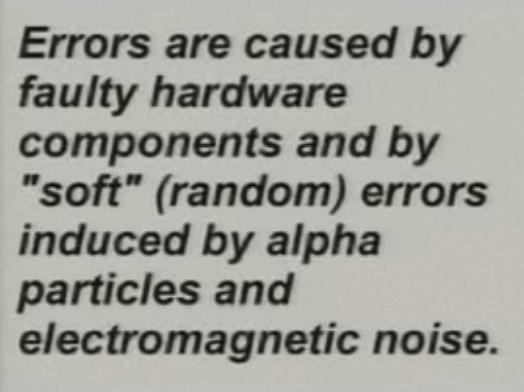 Gojko and Wendy invited Gaspar and me to give two workshops at the Skillsmatter Progressive .Net Tutorials on May 12-14 in London.
Gojko and Wendy invited Gaspar and me to give two workshops at the Skillsmatter Progressive .Net Tutorials on May 12-14 in London.
In the first workshop on Thursday we will demonstrate how to drive the development of an ASP.NET MVC2 application outside-in with SpecFlow.
In the second workshop on Friday we will talks about advanced topics of behavior driven development with SpecFlow examples.
I am very excited to present at this conference and I am looking forward to meet some of the defining members of the progressive .Net community.
Thanks also to TechTalk for sponsoring our stay in London.



 The
The 

 Ok, I am being provocative here:
Ok, I am being provocative here: